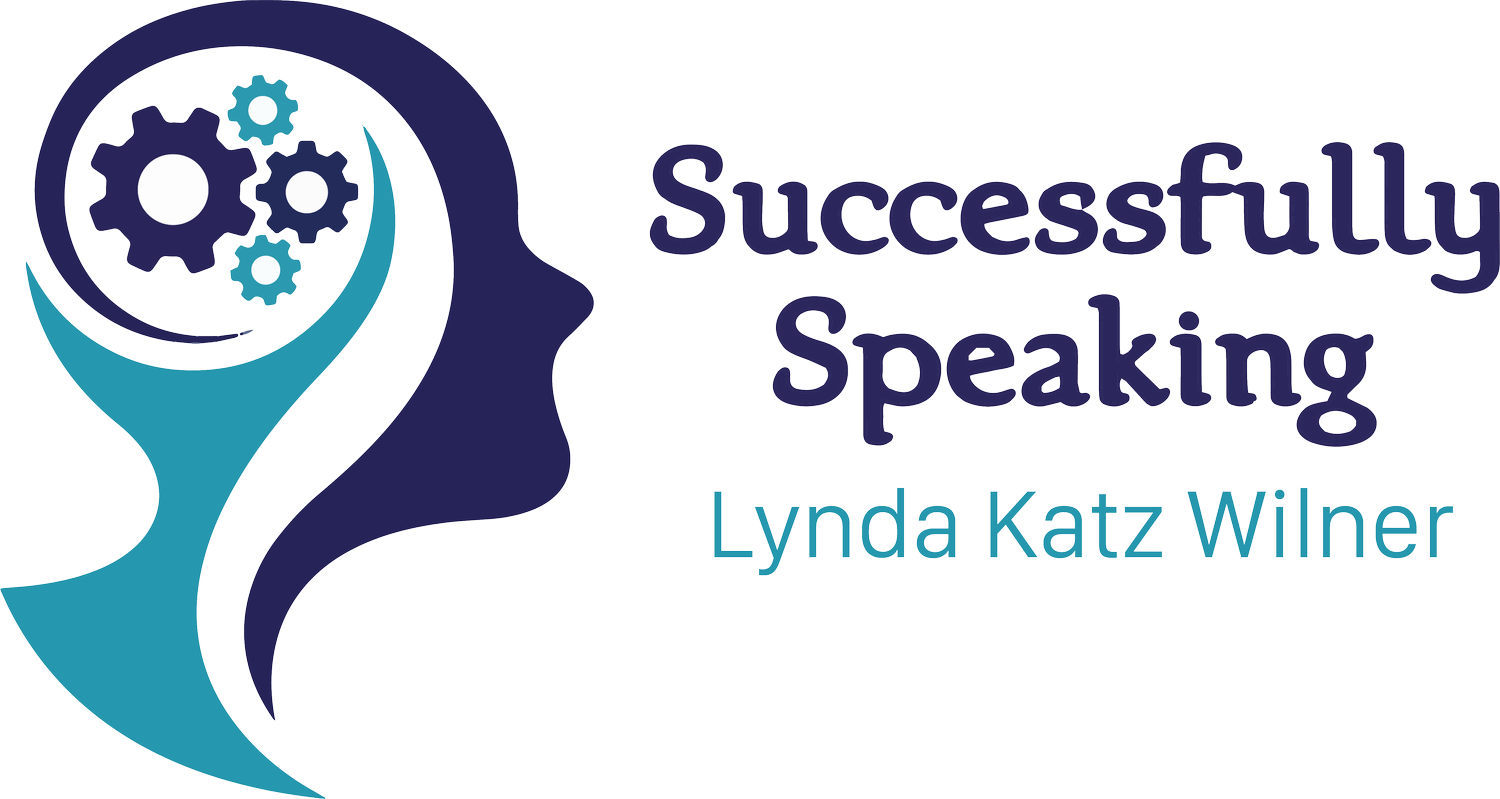Stand Tall to Convey Power and Confidence
When preparing for a presentation, sermon, or an interview, many of us focus on “What am I going to say?” When we attend networking events, we worry about our elevator speech. We often neglect the most important part ….our nonverbal communication! Body language influences how people perceive us. Many times, it’s not only WHAT we say, but how we LOOK when we say it.
How we walk into a room, stand in front of the audience, sit at a desk, or wait in the waiting area conveys volumes to the observer. Amy Cuddy, from The Harvard Business School, researched this area, and discussed high-power and low-power poses’ effects on our brain chemistry and confidence (1) Check out her famous TED talk
Posture is often the first feature that is noticed. Standing or sitting posture shows the observer your confidence level.
Watch yourself in a mirror or on video.
Are you slumped forward, as if the world is carried on your shoulders? Hold your head high and keep your shoulders back. You will immediately signal confidence. Imagine you are a puppet on a string and the string maintains your proper alignment.
For those who love technology, there is a feedback device called Lumo Lift that gives you tactile reminders when you begin to slouch. I have seen rapid changes in my clients who use this device. Check it out.
Here are some tips for good posture:
Keep your feet planted on the ground 6-8 inches apart. One foot can be slightly in front of the other. However, do not cross your legs while standing or stand with one hip thrown forward. These postures can undermine your image of power and confidence.
When standing, point your feet towards the listener to show active engagement.
Allow your hands to rest at your sides so you can gesture naturally. Avoid hiding your hands behind your back or in your pockets. Crossing your arms over your chest often implies that you are closed off. Fidgeting, holding your hands or arm, or touching your face while talking becomes a distraction. Honesty, openness, and sincerity are conveyed when the audience can see the palms of your hands.
Watch how you hold your head. A head tilt is not as powerful, but may be used intentionally to show active listening. As your turn your head to look at the audience, turn your complete body. This squared-off posture projects power and involvement with the listener.
As a rule, keep your heart facing the audience or your conversational partner, and sit or stand tall. Whether you are six feet tall or four foot eleven, your posture sets the stage to project a positive and powerful image!
Contact us to learn more about effective communication skills.
1. Cuddy, Amy J.C., Caroline A. Wilmuth, and Dana R. Carney. "The Benefit of Power Posing Before a High-Stakes Social Evaluation." Harvard Business School Working Paper, No. 13-027, September 2012.

